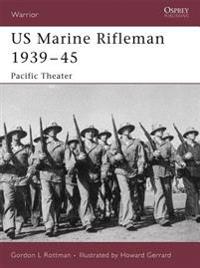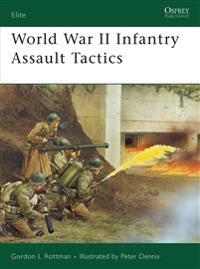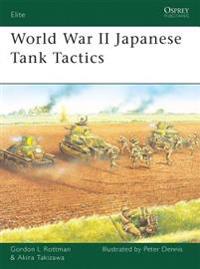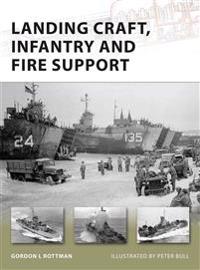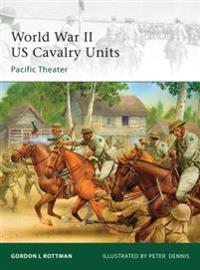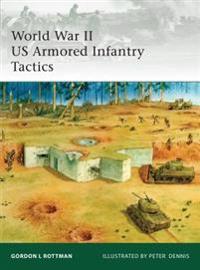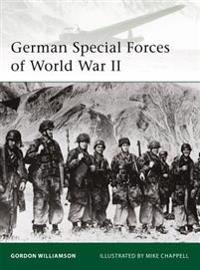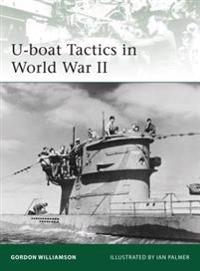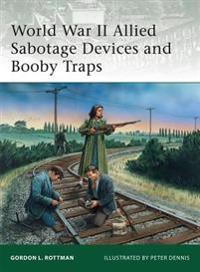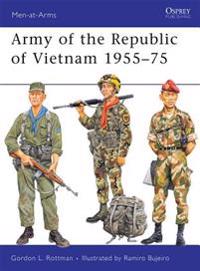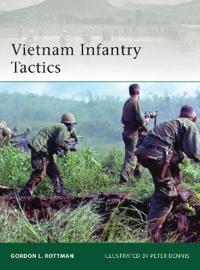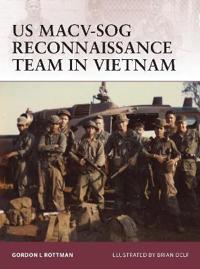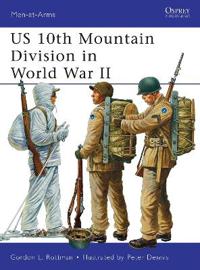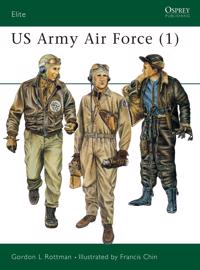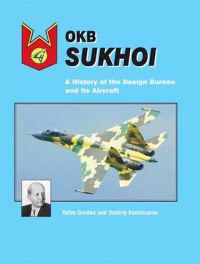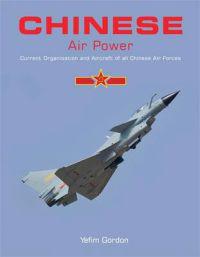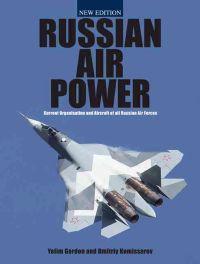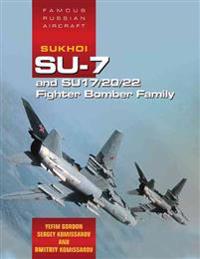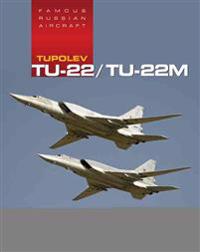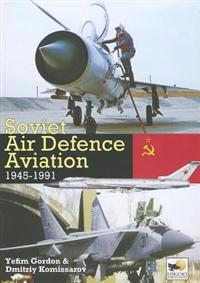Inch'on 1950 (Pocket)
avGordon L. Rottman, Peter (ILT) Dennis, Gordon L. Rottman
ISBN: 9781841769615 - UTGIVEN: 2006-04Inch'on was probably the most significant campaign in the Korean theater, as well as being the last major amphibious assault of division-size conducted in the history of warfare. The odds were stacked against the US troops, with virtually no time for training and many of the divisions unprepared for[...]
US Marine Rifleman 1939-45 (Pocket)
avGordon L. Rottman, Howard (ILT) Gerrard, Gordon L. Rottman
ISBN: 9781841769721 - UTGIVEN: 2006-11The Marine Corps began World War II with less than 66,000 officers and men. Yet despite suffering 10 per cent of the overall American casualties, the Marines were able to build on their proud traditions and history to transform a small branch of service into a premier combined arms amphibious assaul[...]
A Short History of the First World War (Häftad)
avGordon Kerr, Gordon Kerr
ISBN: 9781843440949 - UTGIVEN: 2014-06As the war is slipping beyond living memory, this concise history helps ensures that the conflict is never forgottenWWI, lasting just four years from 1914 to 1918, was without parallel, the first true global conflict in which all of the earth's great powers participated. This book tells the story of[...]
Miller's Field Guide (Pocket)
avGordon (CON) Lang, Judith (EDT) Miller, Gordon (CON) Lang
ISBN: 9781845339494 - UTGIVEN: 2014-10Miller's Field Guides are an invaluable resource for collectors when out buying items at antiques shops, auctions or car boot fairs. They provide a fast and accurate way to recognize, identify and date antiques. In each book a simple question-and-answer checklist is provided for a wide range of key [...]
World War II Infantry Assault Tactics (Pocket)
avGordon L. Rottman, Peter Dennis, Gordon L. Rottman
ISBN: 9781846031915 - UTGIVEN: 200803Osprey's examination of assault tactics used by the infantry during World War II (1939-1945). Just about every war movie - famously, "Saving Private Ryan" and "Band of Brothers" - includes dramatic scenes of soldiers trying to attack an enemy pillbox or trench. Continuing the series explaining World[...]
World War II Japanese Tank Tactics (Pocket)
avGordon L. Rottman, Peter (ILT) Dennis, Gordon L. Rottman
ISBN: 9781846032349 - UTGIVEN: 2008-10In this book expert author and tactician Gordon L Rottman provides the first English-language study of Japanese Army and Navy tank units, their tactics and how they were deployed in action. The Japanese army made extensive use of its tanks in the campaigns in China in the 1930s, and it was in these [...]
Landing Craft, Infantry and Fire Support (Pocket)
avGordon L. Rottman, Peter (ILT) Bull, Gordon L. Rottman
ISBN: 9781846034350 - UTGIVEN: 2009-06Described by one soldier as a metal box designed by a sadist to move soldiers across the water, the Landing Craft, Infantry was a large beaching craft intended to deliver an infantry company to a hostile shore, once the beachhead was secured. The LCI and its vehicle-delivery counterpart, the Landing[...]
World War II U. S. Cavalry Units (Pocket)
avGordon L. Rottman, Peter (ILT) Dennis, Gordon L. Rottman
ISBN: 9781846034510 - UTGIVEN: 2009-10At the time of Pearl Harbor, the United States Army still had ten cavalry regiments. The 26th (Filipino Scouts) fought on horseback in the Philippines, while the rest were fought as infantry. Despite this, the cavalry units maintained their own unique traditions, and identity as they saw action in t[...]
World War II U. S. Armored Infantry Tactics (Pocket)
avGordon L. Rottman, Peter (ILT) Dennis, Gordon L. Rottman
ISBN: 9781846036927 - UTGIVEN: 2009-10Little has been published on US armored infantry units and tactics over the years. However, their contribution to the war effort was hugely important. There were a total of 57 armored infantry battalions and two regiments that served throughout the war and in all theaters. Equipped with halftracks, [...]
World War II Battlefield Communications (Pocket)
avGordon L. Rottman, Peter (ILT) Dennis, Gordon L. Rottman
ISBN: 9781846038471 - UTGIVEN: 2010-06Perhaps the biggest difference in the fighting between the two World Wars lay in the invention of the man-portable radio that allowed for a greater degree of tactical coordination than ever before. Gordon L. Rottman provides an informative study of the use of small radios, field telephones, signal f[...]
German Special Forces of World War II (Pocket)
avGordon Williamson, Mike Chappell, Gordon Williamson
ISBN: 9781846039201 - UTGIVEN: 200911This is a fascinating and long overdue study of the troops that made up Germany's elite special forces of World War II. Such forces included the legendary Skorzeny Commandos who carried out audacious tasks such as the glider-borne rescue of Mussolini, and the kidnapping of the son of the Hungarian r[...]
U-boat Tactics in World War II (Pocket)
avGordon Williamson, Ian Palmer, Gordon Williamson
ISBN: 9781849081733 - UTGIVEN: 201010At the start of the war, German U-boat technology vastly out performed that possessed by the Allies, and under the pressure of the war continual development helped keep pace with wartime needs and improvements in anti-submarine weaponry. But it was not just the technology that had to change. German [...]
World War II Allied Sabotage Devices and Booby Traps (Pocket)
avGordon Rottman, Peter Dennis, Gordon Rottman
ISBN: 9781849081757 - UTGIVEN: 201011Following Churchill's directive to 'set occupied Europe ablaze', the SOE and later its American sister organization, the OSS, were deployed across the continent. Outnumbered, surrounded and in great peril, these brave agents were armed with a wide variety of devices to help them achieve their object[...]
Army of the Republic of Vietnam 1955-75 (Pocket)
avGordon L. Rottman, Ramiro Bujeiro, Gordon L. Rottman
ISBN: 9781849081818 - UTGIVEN: 201006Evolved from the colonial units created by the French, this book discusses the original reorganization of these forces into the first national army. Complete with a detailed history of the command structure and orders of battle, the author also sheds light on the little known divisional histories of[...]
Vietnam Infantry Tactics (Pocket)
avGordon L. Rottman, Peter Dennis, Gordon L. Rottman
ISBN: 9781849085052 - UTGIVEN: 201106"Vietnam infantry tactics".
US MACV-SOG Reconnaissance Team in Vietnam (Pocket)
avGordon L. Rottman, Brian Delf, Gordon L. Rottman
ISBN: 9781849085137 - UTGIVEN: 201109"US Macv-Sog Reconnaissance Team in Vietnam".
US 10th Mountain Division in World War II (Pocket)
avGordon L. Rottman, Peter Dennis, Gordon L. Rottman
ISBN: 9781849088084 - UTGIVEN: 201210The 10th was the only US mountain division to be raised in World War II, and still has a high profile, being involved in operations from Iraq to Somalia and from Haiti to Afghanistan. It did not arrive in Europe until winter 1944/45, but then fought hard in the harsh mountainous terrain of Northern [...]
Us Army Air Force (Pocket)
avGordon Rottman, Martin (EDT) Windrow, Gordon Rottman
ISBN: 9781855322950 - UTGIVEN: 1993-05In June 1941 the US Army's air organisations were consolidated under a single command, the Army Air Forces or AAF. Its expansion was rapid and massive, and its contribution to the war effort was substantial. Books abound describing the AAF's impressive combat record, but little has been published to[...]
U.S. Army Air Force (Pocket)
avGordon Rottman, Francis (ILT) Chin, Gordon Rottman
ISBN: 9781855323391 - UTGIVEN: 1994-01While the most conspicuous components of the US Army Air Forces in World War II (1939-1945) were the air units, there were also hundreds of ground units and organisations. Besides assigned military personnel the AAF also employed thousands of civilians. Many unique outfits were designed to meet the [...]
OKB Sukhoi (Inbunden)
avYefim Gordon, Dmitriy Komissarov, Yefim Gordon
ISBN: 9781857803143 - UTGIVEN: 201001This book is the complete and definitive history of the famous Sukhoi Design Bureau, from its establishment in 1940 to the present day. Continuing the series of books exploring in detail the major Russian aviation companies, this is the most comprehensive study of Sukhoi ever undertaken with every t[...]
Chinese Air Power (Inbunden)
avYefim Gordon, Dmitriy Komissarov, Yefim Gordon
ISBN: 9781857803211 - UTGIVEN: 201008Although China has been a significant air power for more than 50 years very little has been published or even known about its capabilities. Along with the recent emergence of China as a world economic and military superpower, China has recently invested huge sums of money in modernising its air forc[...]
Russian Air Power (Inbunden)
avYefim Gordon, Dmitriy Komissarov, Yefim Gordon
ISBN: 9781857803433 - UTGIVEN: 201111A follow up to the hugely popular first publication of Russian Air Power in 2009, Yefim Gordon and Dmitriy Komissarov bring readers the fully updated and revised new edition. The original volume was the first comprehensive survey published on all the Russian Air Forces and was the result of Yefim Go[...]
Sukhoi Su-7 / Su-17 (Inbunden)
avYefim Gordon, Dmitriy Komissarov, Yefim Gordon
ISBN: 9781857803457 - UTGIVEN: 2011-09Following on from the collection of successful ' Famous Russian Aircraft' titles, Yefim Gordon has teamed up with Keith Dexter and Dmitriy Komissarov to produce this insight into the Sukhoi fighter bomber family. In the early 1950s the reborn aircraft design bureau headed by Pavel O. Sukhoi starte[...]
Tupolev Tu-22/ Tu-22M (Inbunden)
avYefim Gordon, Dmitriy Komissarov, Yefim Gordon
ISBN: 9781857803563 - UTGIVEN: 201209The Tupolev Tu-22 'Blinder' and Tu-22M 'Backfire' led the Soviet Union's supersonic bomber air force from the 1960s, although the two aircraft were very different. The Tu-22 - nicknamed 'Blinder' by NATO - was the pioneering supersonic bomber in the USSR, entering production in 1960. The first Tu-22[...]
Soviet Air Defence Aviation 1945-1991 (Inbunden)
avYefim Gordon, Dmitriy Komissarov, Yefim Gordon
ISBN: 9781902109251 - UTGIVEN: 201212


